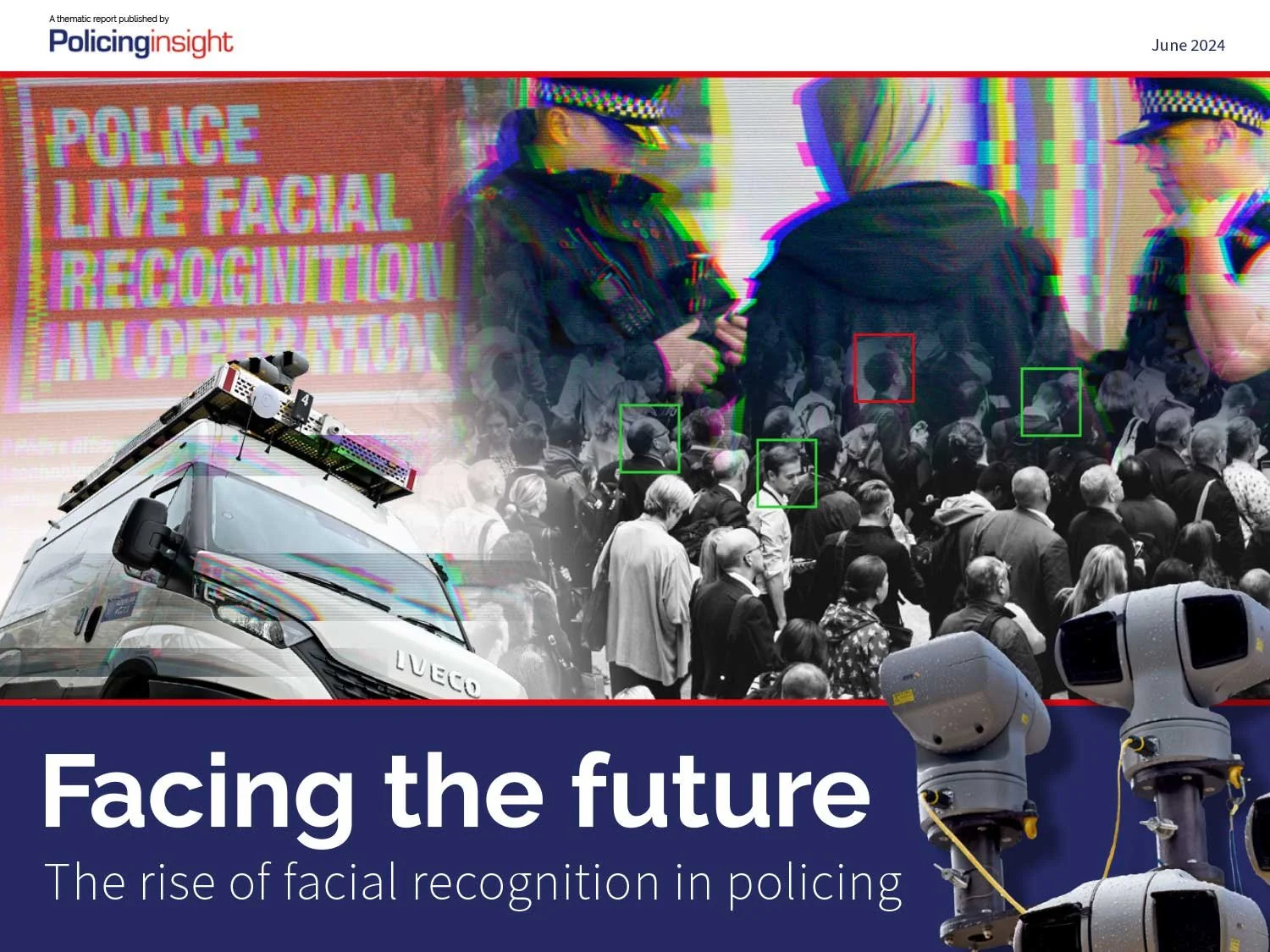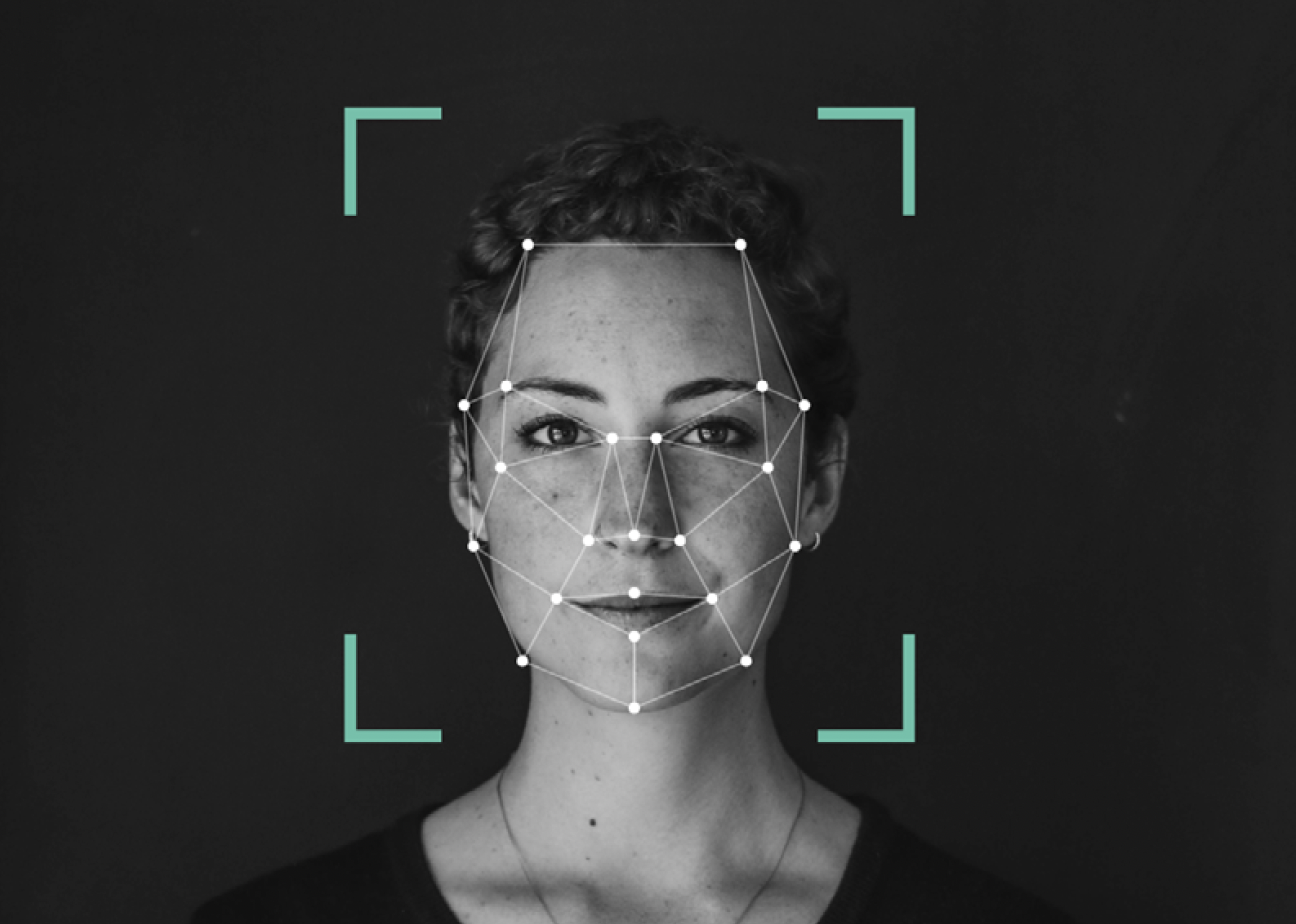
Facing the future: The rise of facial recognition in policing
‘Facing the future: The rise of facial recognition’ – a thematic report, researched and produced by Policing Insight
Welcome to our latest report, which aims to go behind the headlines and beyond the simplified facial recognition (FR) debate that we see in so much of the media today. This report highlights the types of FR in use by policing and others around the world, and explores the big debates around that use. Many thanks to the 34 stakeholders – including policing practitioners, academics, regulators and suppliers – who agreed to be interviewed by report author James Sweetland and shared their views and expertise on this complex issue. We are also grateful to NPCC Chair
Chief Constable Gavin Stephens for his insightful foreword to the report. We hope you find the report an interesting and valuable exploration of FR.
Ian Barrett, Director of Publishing, Policing Insight
So what is facial recognition?
Many people will have heard the term ‘facial recognition’, but outside of technical specialists and subject matter experts, how much do we really understand about the different applications of the technology, the standards that are used to ensure accuracy, and how widely FR is in use by police and other organisations?
In the first section of this report, we explore some of these key points. We look at the three main types of facial recognition used by police – live FR (sometimes described as FR surveillance), retrospective FR (comparing suspect images to a database after an event), and operator-initiated FR (an app set to be rolled out across England and Wales).
We examine the ever-increasing private sector use of FR, especially by companies in the retail sector, such as Facewatch and Auror. However, FR isn’t limited to the shopping aisles; stadia, casinos and factories also deploy this technology, including its use more than 20 years ago at the 2001 Super Bowl.
And while the issue of current FR use is uppermost in many minds, there are a range of possible future applications too, such as bodyworn video cameras, drones, or FR CCTV networks, and the potential for other tech that can identify emotion or use multiple biometrics at once.
FR is one of the biggest breakthroughs since DNA
Chief Constable Gavin Stephens, National Police Chiefs’ Council (NPCC) Chair, outlines the crime fighting potential of facial recognition, and policing’s pledge to balance investigative opportunities with privacy and transparency.
The basics you need to know
This beginner’s guide to facial recognition explains all the essential terms and phrases you need to understand – from true positives and false negatives, to threshold settings and landmark studies.
Positives and negatives
At the most basic level, there are numbers that don’t require much explanation at all. For example, when a live facial recognition (LFR) system is operating, it will compare an image of someone to a database of faces. At a recent Met Police deployment in Ealing, there were 13,204 ‘wanted’ faces on the watchlist and the cameras scanned an estimated 2,446 faces of people walking by.
However, measuring accuracy becomes more complicated. The vast majority of those scanned will be ‘true negatives’, people not wanted by police (and therefore not on the police watchlist) who are scanned and correctly identified by the system as a ‘nonmatch’.
But the three terms that are of greater importance here are true positives, false positives, and false negatives. A true positive is what operators are looking for when
Facial recognition on deployment
Policing Insight’s James Sweetland joined officers and staff from the Metropolitan Police for a live facial recognition deployment, to gain a better understanding of the operational benefits and challenges as well as the public response to this new technology.
“Every LFR deployment begins with a briefing for the officers who will be involved on the day... delivered by a member of the Met’s small central FR unit
”
What is facial recognition? Stakeholder voices
Metropolitan Police Deployment of Live Facial Recognition in Ealing
Policing Insight was invited to attend the first deployment by the Metropolitan Police of live facial recognition in Ealing, London. In this post briefing interview, Ch Supt Sean Wilson and Inspector Crystal Govers discuss the deployment and the wider implementation of live facial recognition.


